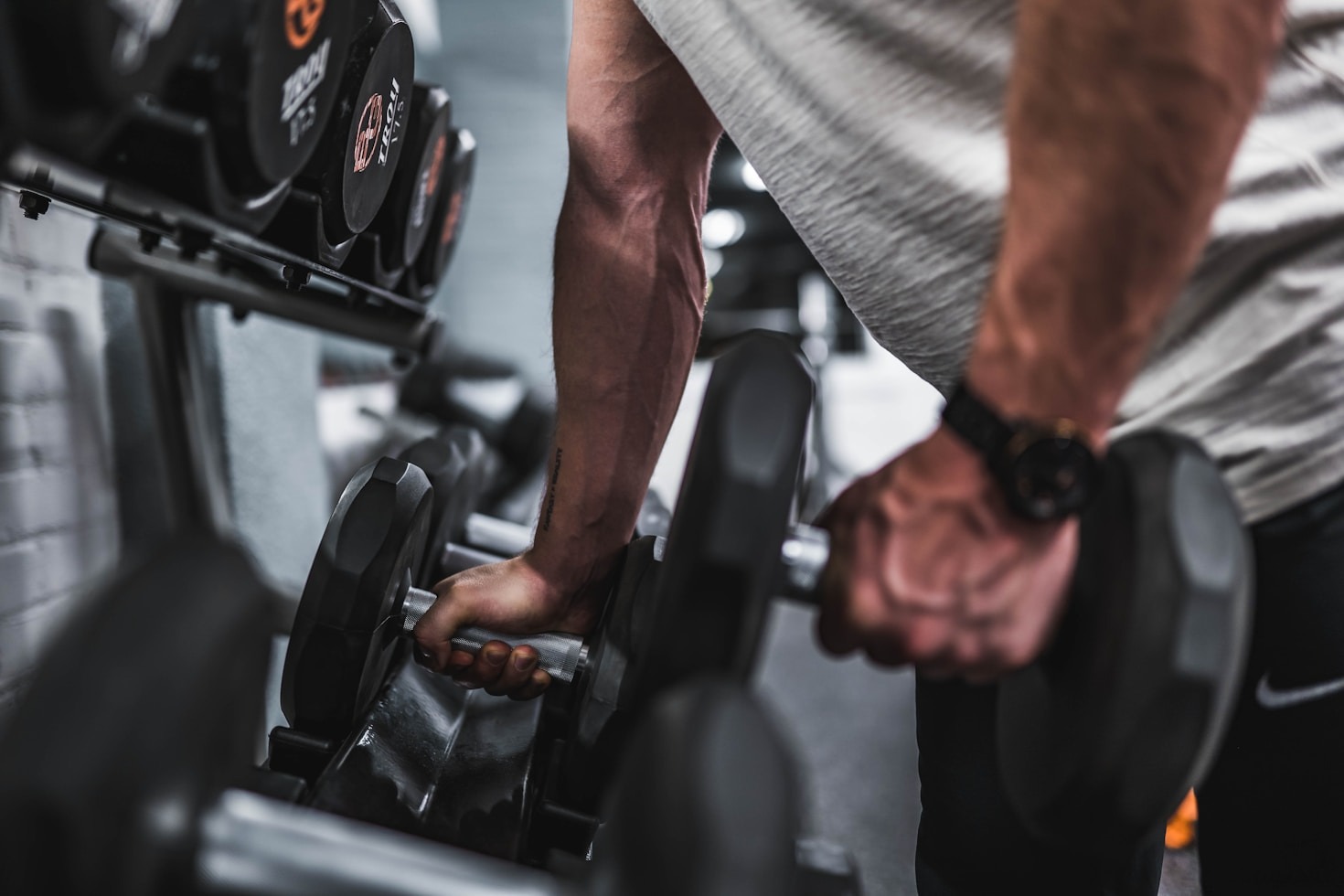Muscle mass:-
The entire quantity of muscle tissue in the body, including cardiac, smooth, and skeletal muscles, is known as muscle mass.

How Much Muscle Mass should I have, and How Do I Measure It?
Accurately measuring muscle mass is challenging since it depends on a number of variables. Research does offer some insight, despite the paucity of data.
Body fat and lean body mass are the two halves of your total body mass.
Although the phrases “muscle mass” and “lean body mass” are sometimes used interchangeably, they are not the same. In addition to muscle mass, lean body mass also contains skin, bone, water, and organ mass.
The weight and dimensions of your body’s smooth muscle tissue are referred to as muscle mass. It consists of cardiac, smooth, and skeletal muscles (Trusted Source). Skeletal muscle is usually referred to when discussing muscle mass.
Skeletal muscle helps control physical movement and posture. It is essential for strength, balance, and mobility, and as you age, preserving muscle mass becomes even more crucial.
Keep reading to learn more about muscle mass averages, how much you should aim to have, and how to build muscle mass.
Muscle mass percentage chart
Because muscle mass varies on a variety of factors, such as height, diet, ethnicity, and level of exercise, it is challenging to assess on its own.
As of right now, there are no accepted standards for an individual’s ideal muscle mass. Skeletal mass, however, typically accounts for 40% of your total body weight.
In a 2000 study, researchers measured the muscle mass percentages of 468 adults in different age groups. The following charts are based on this study. While new research is necessary, this data will give you an idea of muscle mass percentages for different age groups.
Muscle mass percentage averages for men
Years of age 18 to 35 percent muscle mass, 40 percent to 44 percent
36–55 36% to 40%
56–75 Between 32 and 35 percent
76 to 85 less than 31%
Muscle mass percentage averages for women
Years of age Percentage of muscle mass 18–35 31%–33%
36–55 Between 29% and 31%
56–75 Between 27 and 30 percent
76–85 less than 26 percent
How muscle mass percentage is calculated
Without costly technology, it is impossible to calculate your precise muscle mass %. Among the potential measurement instruments are:
- MRI stands for magnetic resonance imaging.
- Dual-energy X-ray absorptiometry (DEXA), ultrasonic bioimpe dance analysis, and computed tomography (CT)
- Dilution of D3-creatinine
A review published in 2020 claims that imaging tests are the “gold standard” for determining muscle mass.
It’s crucial to remember, nevertheless, that when evaluating the same individual, different measuring instruments may yield different findings. A 2023 study comparing the discrepancies between MRI and D-creatinine dilution revealed that the former’s results ranged from 13.47 kg greater than MRI to 0.62 kg lower.
Are there other ways to measure muscle mass?
Healthcare professionals usually measure body composition to determine how much muscle mass you have. Body composition measures the proportion of muscle, fat, bone, and water in your body.
Several measurement tools, formulas, scales, and calculators can be used to assess your body composition at home, in a gym, or in a clinical setting. Some of these may include:
Body fat scales with hydrostatic weighing, waist, and hip measures
Online calculators for skin calipers
These instruments may offer you an estimate of your skeletal mass in relation to your fat, water, and bone mass, but they are not as precise as medical evaluations.
Consult a medical expert if you wish to determine your muscle mass. They could suggest several measuring instruments that are within your price range.
More about this: Body composition measurement
Is it better to have a higher or lower muscle mass?
Generally speaking, medical experts advise keeping a larger muscular mass.
Sarcopenia is the term for the natural loss of muscular mass that occurs as people age. Most often, this age-related muscle loss starts around age 40, and you could lose up to 8% of your muscle mass every ten years.
The loss of muscle mass, quality, function, and strength is a hallmark of sarcopenia. This can significantly impair physical function and raise your risk of injuries, falls, metabolic disorders, and early death.
Having low skeletal muscle mass is also associated with several health conditions, including:
- Heart disease and diabetes
- persistent liver disease
- renal failure
- obesity.
- Osteoporosis problems following surgery raise the chance of dying young.
Maintaining and increasing muscle mass is essential for enhancing metabolism overall, preserving athletic capabilities, and extending life expectancy.
According to some research, there might be psychological and cognitive advantages to keeping greater muscular mass, strength, and function. To properly investigate this connection, more study is necessary.
What are the downsides of having higher muscle mass?
It could be challenging to obtain clothing that fits properly if your muscle mass is more than typical. Additionally, in order to feel full, you will need to consume more calories, which can be costly and uncomfortable.
Additionally, some claim that having more muscle makes them less flexible and less able to run or jump. You can, however, work on these factors alone or with a personal trainer, at home or in the gym.
How to gain muscle mass
Two essential elements for gaining muscle mass and maintaining it as you age are exercise and a healthy diet.
Exercise
One of the best methods for increasing muscle growth is strength training, sometimes referred to as resistance or weight training. By making your muscles work against resistance, this kind of exercise helps to strengthen them.
You could:
- Perform bodyweight workouts, such as pushups.
- Perform resistance band workouts and lift free weights, such as soup cans or dumbbells.
- Make use of weight machines.
- Perform interval exercise at a high intensity (HIIT).
- Perform Pilates
The American Physical Activity Guidelines Adults should engage in at least two strength training sessions each week that focus on all of the major muscle groups, according to Trusted Source.
Consult a physician or personal trainer if you’re unsure of where to start when it comes to growing muscle. They might assist you in creating an exercise regimen.
Diet
A balanced, nutrient-dense diet is also essential for building and preserving muscle mass. A healthy diet can support your body’s energy needs and aid in muscle recovery after exercise.
Protein is especially crucial since it aids in muscle growth and repair. Your degree of physical activity will determine how much protein you require, but 10% to 35% of your daily calories should come from protein (Trusted Source).


Leave a Reply